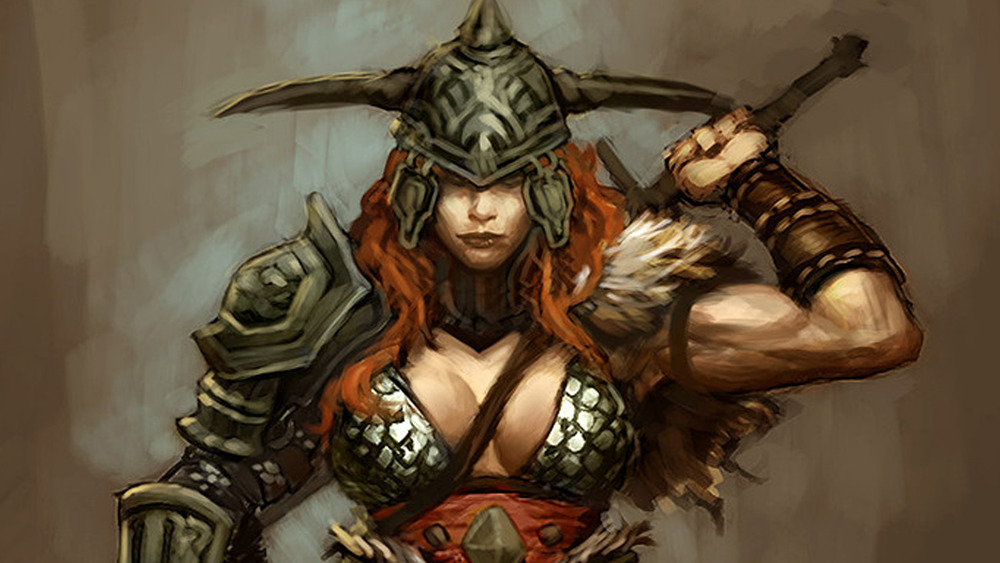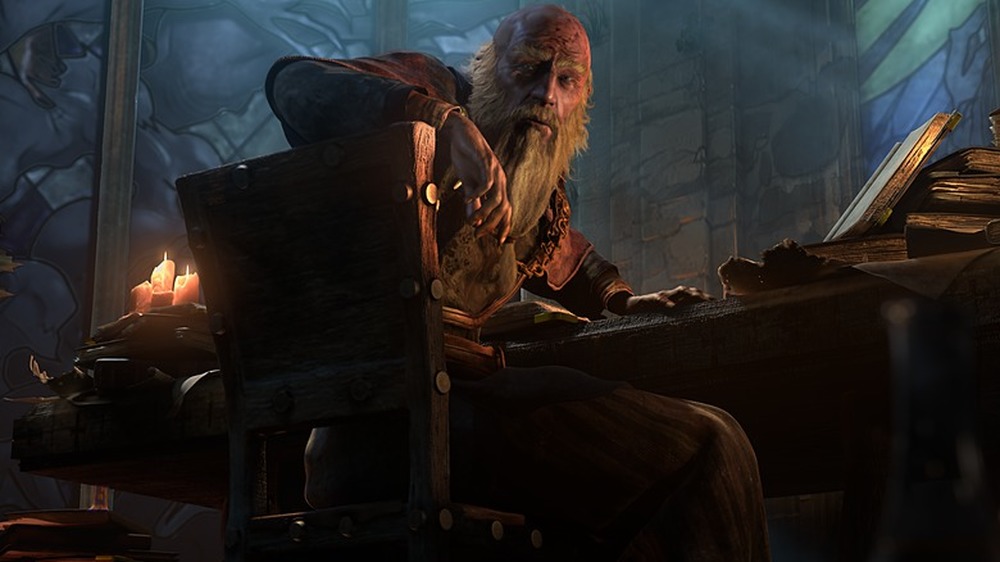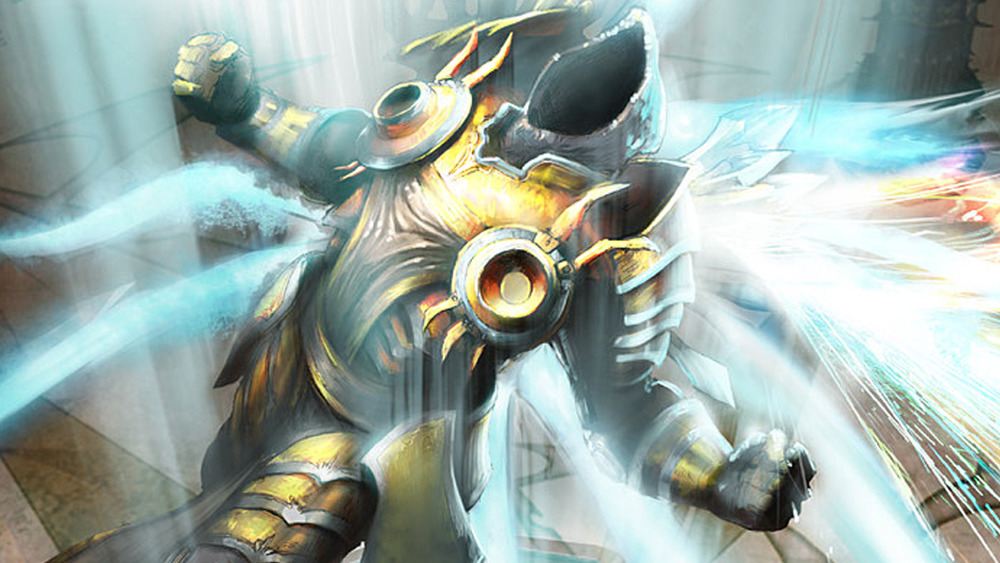The Truth About Diablo 3's Turbulent Development
A look back through Blizzard's catalogue of games from a present day perspective would seem to indicate that the company only ever released smash hit after smash hit. For example, World of Warcraft is more than a decade old, yet still boasts a healthy player base. Meanwhile Overwatch, Blizzard's latest original IP, became successful right out of the gate.
Numbers like these make it easy to forget that the Diablo franchise was once in serious trouble. In 2012, Blizzard released Diablo 3 in a state that left fans of the acclaimed franchise disappointed. Diablo 3 eventually won many of those fans back, reaching a state that famously fixed many of the issues plaguing its initial release.
Author Jason Schreier profiled this period of the game's development in-depth in a segment of his book Blood, Sweat and Pixels that was shared via Kotaku, giving unique insight into just what it took to transform a notorious disappointment into the critically-lauded Diablo 3 of today.
In short, Diablo 3's development was first victim to perceived standards set by prior series entries, and then improved upon once those standards were tweaked or abandoned entirely.
Day one issues
On the day of its release, providing an omen of what was to come, an error message prevented virtually all new players from signing into Diablo 3 whatsoever.
Once that was resolved, players soon found that elements introduced in Diablo 3 failed to live up to the high standard set by Diablo 2. Higher difficulties, for example, were too difficult. Navigating Inferno, the series' new highest difficulty setting, required gear that could only drop in Inferno. One popular player workaround involved continually breaking pots for loot drops rather than battling enemies.
An auction house, in which players could spend real money on loot, also proved controversial, garnering accusations that the game was "pay-to-win."
These decisions, it turned out, were not made in spite of what succeeded in Diablo 2, but precisely because of its successes. Diablo 3's developers identified its predecessor's three difficulty settings as key to progression, so the new Inferno difficulty was intended as a natural continuation of them. The auction house, meanwhile, was implemented in acknowledgement of the importance of loot trading to Diablo players, and was meant to supplant third-party sites on which players could sell items for cash.
Introducing Reaper of Souls
While Diablo 2 may have not have been bad at release, it was its expansion, Lord of Destruction, that cemented Diablo 2 as an all-time classic. Knowing this, Diablo 3's developers focused on designing an expansion that would attempt the same for their newer entry. While reaching a similar point would be a comparatively more complex task, the introduction of an expansion, which was a longtime Blizzard tradition, nevertheless gave them a chance.
The auction house was abandoned entirely. Its difficulties, meanwhile, were supplanted by enemies that scaled both to character strength and a selectable "easy/normal/hard" setting in an in-game menu.
Improving upon Diablo 3 ultimately meant removing some elements from the base game, as well as implementing further distance from norms established by Diablo 2. Following the introduction of its Reaper of Souls expansion and some changes to even the base game along with it in 2014, Diablo 3 was met with a warm reception for the first time since its release in 2012.



